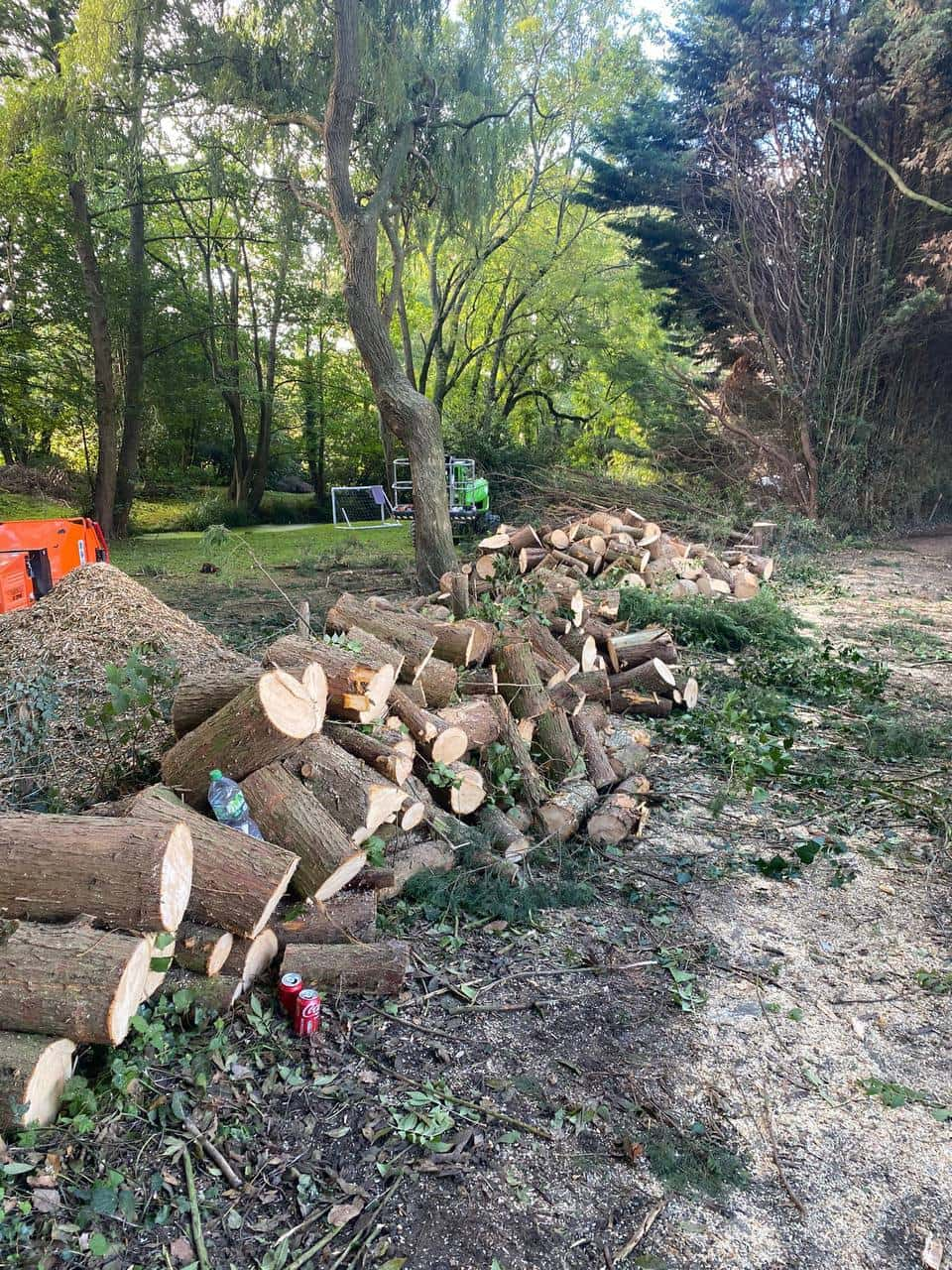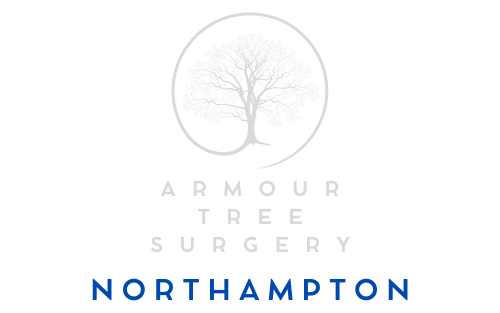Why Pruning is Better Than Tree Lopping
When trees become overgrown, misshapen, or potentially hazardous, homeowners often consider ways to manage their size and structure. Two of the most common approaches are pruning and lopping — but they are far from equal in effectiveness or long-term benefit. At Armour Tree Surgery Northampton, we believe that professional pruning is always the superior choice, as it promotes tree health, safety, and beauty while maintaining ecological balance across Northampton, Northamptonshire.
Understanding the Difference Between Pruning and Lopping
What is Tree Lopping?
Tree lopping involves cutting large branches or sections of a tree indiscriminately, usually to reduce its overall height or spread. This process often leaves behind uneven cuts and exposed stubs, which can cause long-term damage to the tree’s structure and health.
Lopping may seem like a quick fix to control growth, but it often results in stress to the tree, irregular regrowth, and increased vulnerability to disease and decay.
What is Tree Pruning?
Pruning, on the other hand, is a precise and controlled process carried out by trained arborists. It focuses on removing specific branches to improve the tree’s form, health, and stability. This technique is guided by knowledge of tree biology, ensuring that every cut benefits the tree rather than harms it.
At Armour Tree Surgery Northampton, our pruning work is designed to enhance the tree’s natural growth pattern while ensuring safety and structural integrity for surrounding properties.
Why Pruning is the Better Option
1. Promotes Tree Health
Pruning targets dead, diseased, or damaged branches, preventing the spread of decay and allowing the tree to direct its energy toward healthy growth. By improving air circulation and light penetration, pruning creates the conditions needed for robust, long-lasting trees.
Lopping, in contrast, often removes too much foliage at once, depriving the tree of its primary means of photosynthesis. This sudden loss of canopy causes shock, weakens the tree, and can even lead to death.
2. Improves Safety Without Compromising Stability
While lopping can quickly reduce height, it does so without considering the tree’s natural balance. This makes regrowth unpredictable and often results in weakly attached branches that are more likely to break during strong winds.
Professional pruning ensures that hazardous branches are removed carefully and strategically, keeping the tree safe while preserving its structural strength.
3. Encourages Strong, Controlled Growth
One of the greatest advantages of pruning is that it encourages natural, stable regrowth. Each cut is made with purpose — to guide the tree’s future development and prevent problems such as crossing branches or excessive weight distribution.
Lopped trees, however, tend to produce fast, weak shoots that grow from the exposed cuts. These new shoots lack the structural support of the original branches, making them prone to breaking and causing further hazards.
4. Maintains Aesthetic and Environmental Value
Pruning preserves the natural beauty of a tree, enhancing the overall appearance of your garden or landscape. Properly maintained trees contribute to biodiversity, provide shade, and improve air quality — all of which benefit the local environment.
Lopping, by contrast, often leaves trees unsightly and unbalanced. In many cases, trees that have been lopped never fully recover their original shape or vitality, diminishing the property’s visual appeal.
5. Prevents Long-Term Damage and Costs
Although lopping may seem faster and cheaper initially, the long-term consequences can be costly. Damaged trees may require additional maintenance, removal, or replacement down the line. Pruning, when performed by skilled arborists, ensures that trees remain strong, safe, and healthy for many years to come.
At Armour Tree Surgery Northampton, we’ve helped countless property owners in Northampton, Northamptonshire, preserve their trees through regular and thoughtful pruning — preventing the need for drastic or damaging interventions.
When Should You Prune a Tree?
The best time to prune depends on the species, age, and condition of the tree. Generally, pruning during dormant seasons (late autumn to early spring) allows the tree to heal efficiently. However, safety-related pruning — such as removing weak or overhanging branches — can be carried out at any time of the year.
Professional tree surgeons assess each tree individually, identifying the correct pruning technique and timing to achieve the best results.
Professional Pruning Ensures Expert Care
Pruning requires more than simply cutting branches. It involves understanding tree anatomy, growth cycles, and the environmental conditions surrounding the site. Professional tree surgeons have the knowledge, tools, and experience to make precise cuts that enhance the tree’s structure while preventing unnecessary damage.
At Armour Tree Surgery Northampton, we combine modern arboricultural techniques with a deep respect for tree preservation. Every pruning job is handled with care to ensure safety, balance, and sustainability.
Conclusion
Tree pruning is far more beneficial than lopping in every respect — from health and stability to safety and aesthetics. It preserves the integrity of your trees, enhances your landscape, and ensures long-term environmental value.
For residents and property owners in Northampton, Northamptonshire, Armour Tree Surgery Northampton provides expert pruning services designed to protect your trees and improve your outdoor space. With the right professional care, your trees will continue to thrive, offering beauty and strength for many years to come.
Call us on: 01604 279 096
Click here to find out more about Armour Tree Surgery Northampton
Click here to complete our contact form and see how we can help with your tree needs.

